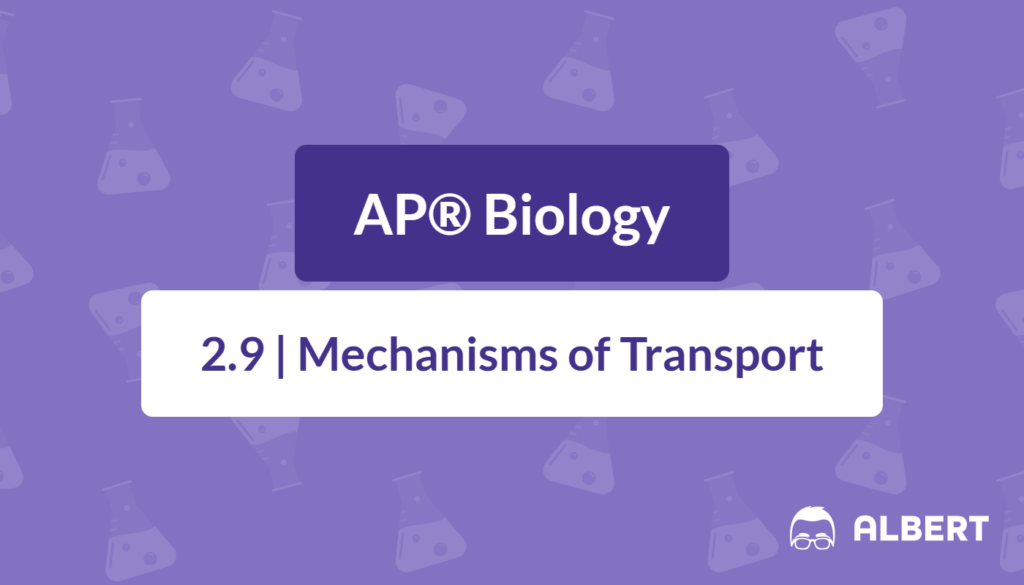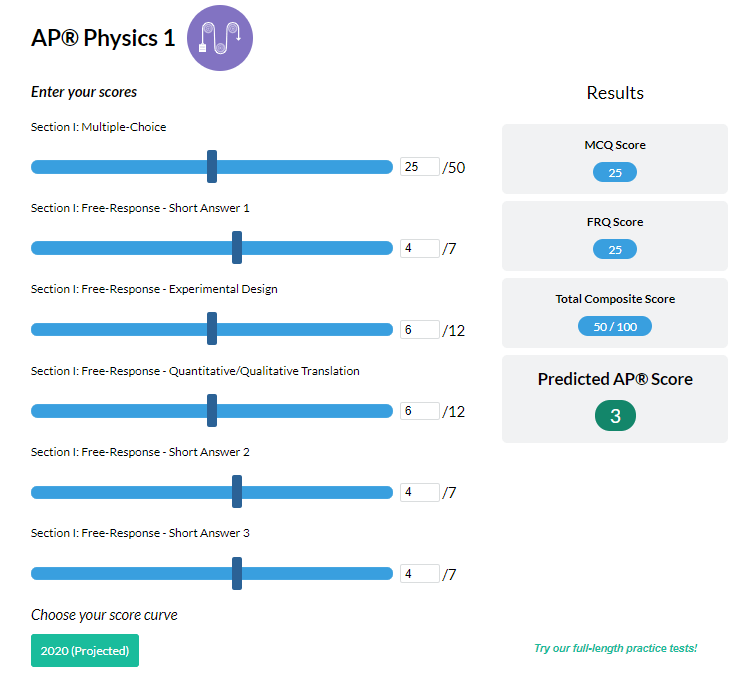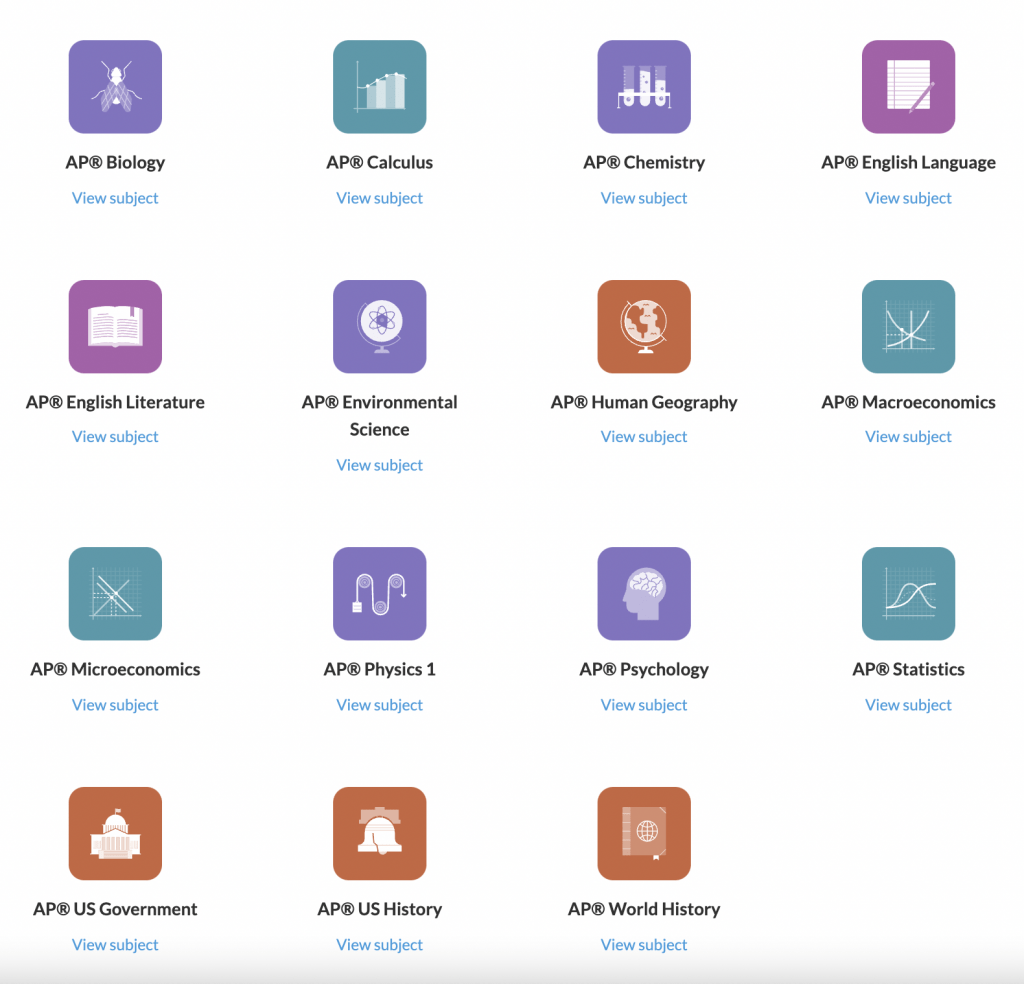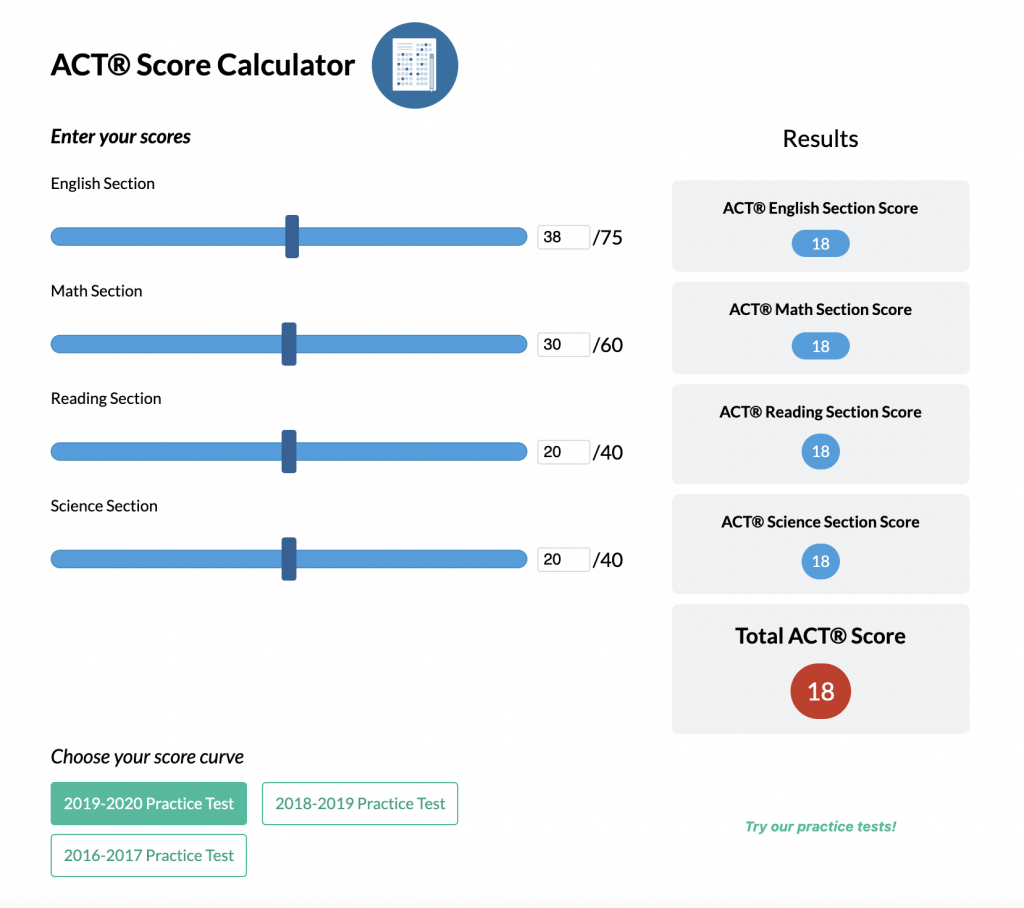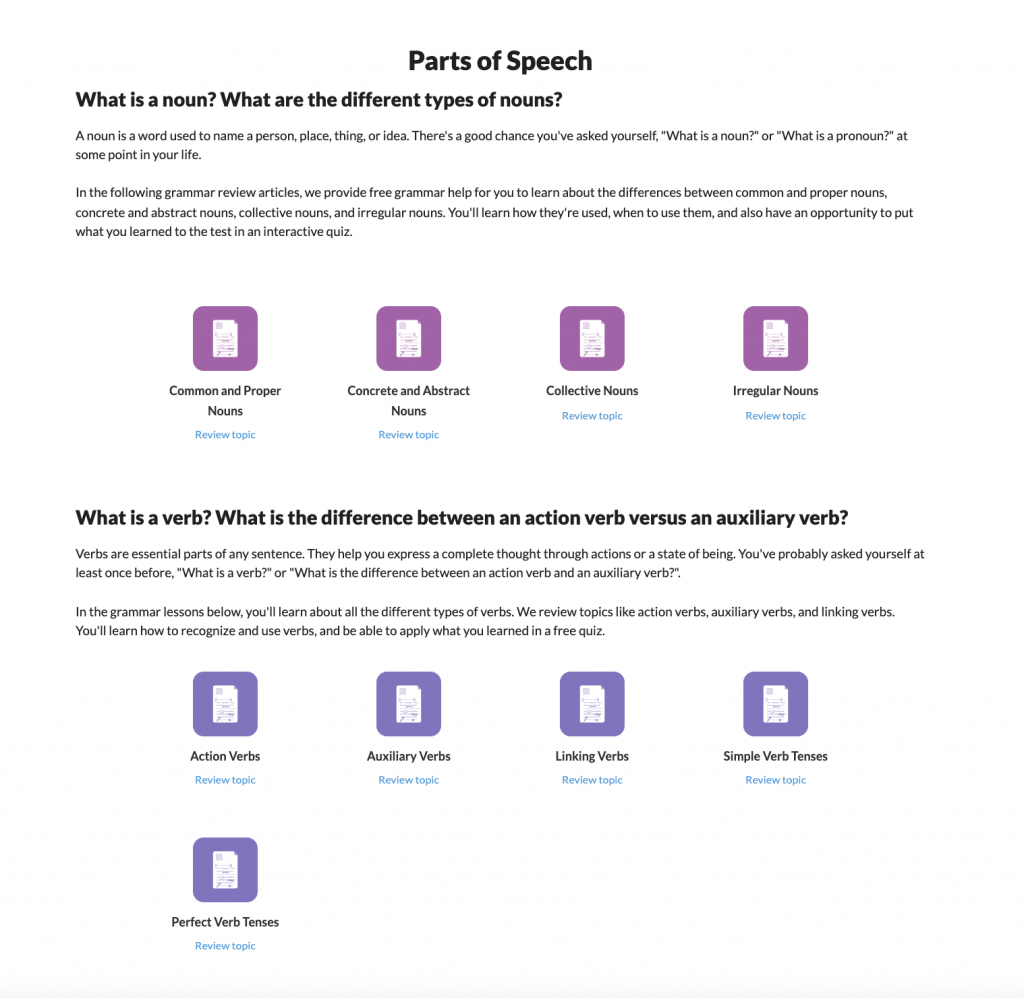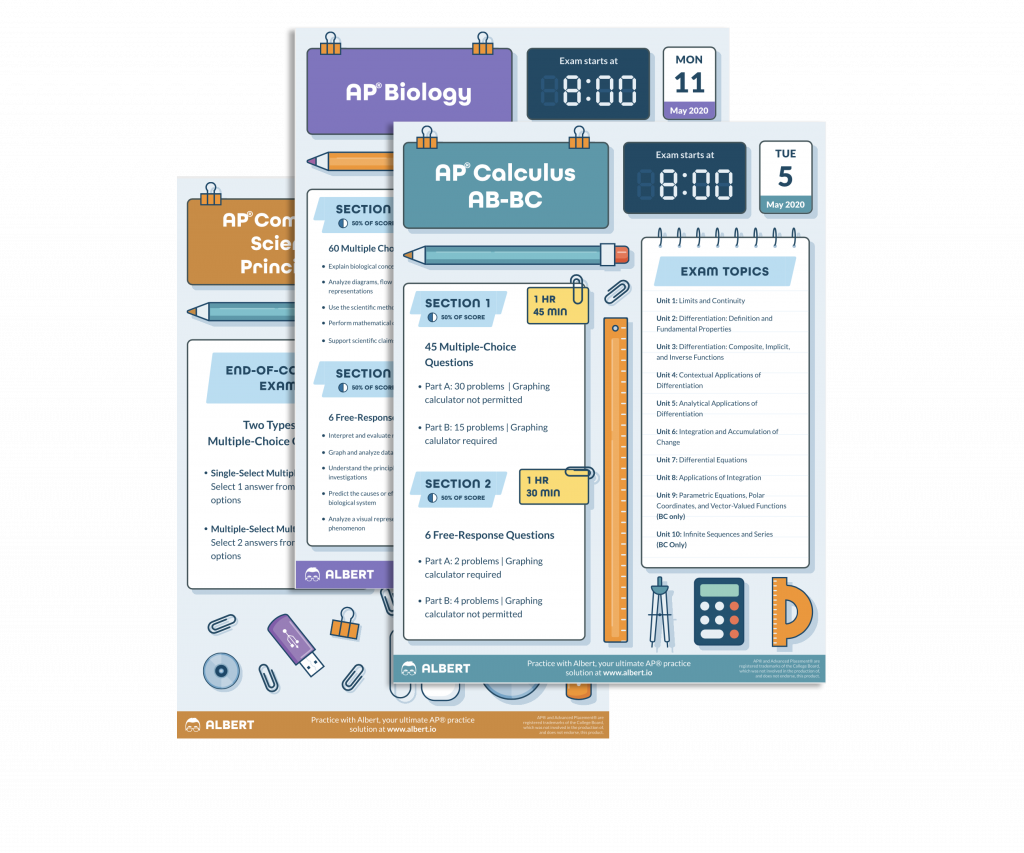What We Review
Introduction
Transport mechanisms sit at the heart of cellular function—without them, cells wouldn’t be able to obtain nutrients, eliminate waste, or maintain the right balance of ions. Mastering active transport and passive transport is crucial for success on the AP® Biology exam, and it also helps you understand how cells work to keep our bodies functioning. Below, we’ll explore how membranes enable these processes, the importance of active vs. passive transport, and why these concepts are so vital.
Understanding Membrane Structure
A. The Role of Cell Membranes
Cell membranes act like gatekeepers, selectively allowing substances to enter or exit. This selectivity helps maintain homeostasis, ensuring cells stay healthy and functional.
B. Components of Cell Membranes
A cell membrane is composed primarily of a phospholipid bilayer, which forms a flexible boundary. Embedded proteins help with transport and cell communication, and cholesterol molecules regulate membrane fluidity.
Passive Transport
A. Definition of Passive Transport
Passive transport is the movement of molecules from areas of higher to lower concentration—moving down the concentration gradient—without using any energy.
B. Types of Passive Transport
- Simple Diffusion – Small, nonpolar molecules (like oxygen and carbon dioxide) pass directly through the phospholipid bilayer. This process requires no proteins or energy.
- Facilitated Diffusion – Larger or polar molecules (like glucose) need help crossing the membrane. Channel proteins provide a passageway, while carrier proteins change shape to shuttle substances across the membrane.
- Osmosis – Osmosis is the diffusion of water across a semi-permeable membrane. Water moves from an area with more free water molecules (hypotonic) to an area with fewer (hypertonic).
C. Factors Influencing Passive Transport
Several factors can speed up or slow down passive transport, including the steepness of the concentration gradient, temperature, and the membrane’s permeability.
Active Transport
A. Definition of Active Transport
Unlike passive transport, active transport requires energy (often in the form of ATP) to move molecules against their concentration gradient—from lower to higher concentration.
B. Types of Active Transport
- Primary Active Transport – The sodium-potassium pump is a classic example. It uses ATP to pump sodium ions out of the cell and potassium ions into the cell, maintaining vital concentration gradients necessary for processes like nerve impulse transmission.
- Secondary Active Transport – Also known as cotransport, this process doesn’t directly use ATP. Instead, it harnesses the energy from one molecule moving down its gradient to propel another molecule against its gradient—like glucose hitching a ride with sodium ions into a cell.
C. Importance of Active Transport in Cells
Active transport helps cells maintain ion gradients essential for muscle contractions, nerve signaling, and overall cellular balance.
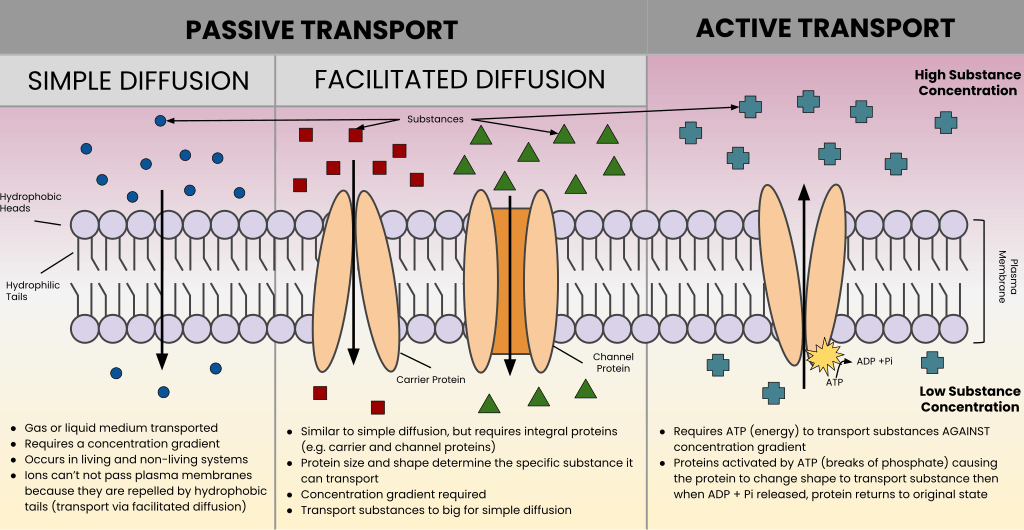
Comparing Active vs. Passive Transport
A. Key Differences
- Energy Requirement: Passive transport needs no energy, whereas active transport requires ATP.
- Direction Relative to Gradient: Passive transport moves substances down their gradient; active transport goes against the gradient.
- Selectivity of Methods: Passive transport can be fairly simple and direct, but active transport often involves highly specific protein pumps or carriers.
B. Importance of Both Processes
Both processes are essential for homeostasis. While passive transport efficiently handles many daily exchanges, active transport ensures that crucial molecules and ions are kept at the right concentrations.
Additional Transport Mechanisms
A. Endocytosis – Cells can engulf large particles or volumes of fluid by forming vesicles from their membrane. Examples include phagocytosis (cell “eating” of large particles) and pinocytosis (cell “drinking” of fluid).
B. Exocytosis – cells package materials (like waste or proteins to be secreted) into vesicles that fuse with the membrane and release their contents outside the cell.
Practice Problems and Illustrative Examples
- Predict whether certain molecules would move via simple diffusion, facilitated diffusion, or active transport.
- Label diagrams showing how water moves during osmosis or how the sodium-potassium pump cycles through different steps.
- Explain how glucose uptake in the intestines depends on secondary active transport with sodium.
Conclusion
Understanding active vs. passive transport is indispensable for exam success and for grasping the fascinating ways cells operate. These processes work together to sustain life, providing a balance between efficiency and selectivity to keep cells functioning optimally. Remember: you’ve got what it takes to master these concepts, and each molecule crossing that membrane can remind you of your own ability to overcome challenges.
Sharpen Your Skills for AP® Biology
Are you preparing for the AP® Biology test? We’ve got you covered! Try our review articles designed to help you confidently tackle real-world math problems. You’ll find everything you need to succeed, from quick tips to detailed strategies. Start exploring now!
Need help preparing for your AP® Biology exam?
Albert has hundreds of AP® Biology practice questions, free response, and full-length practice tests to try out.

